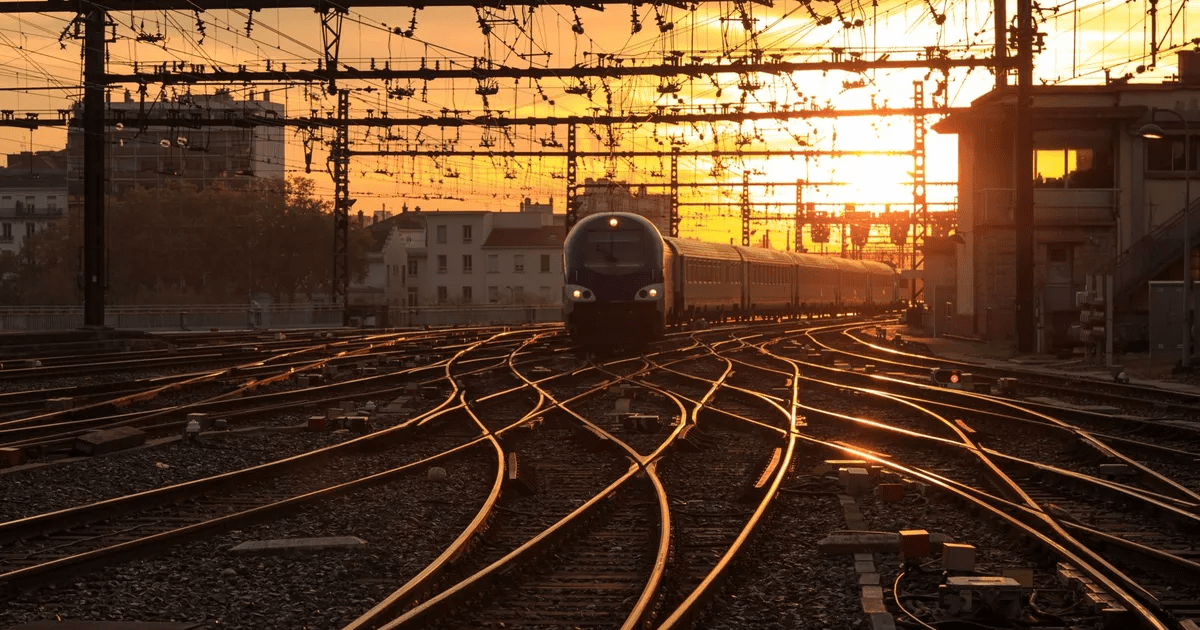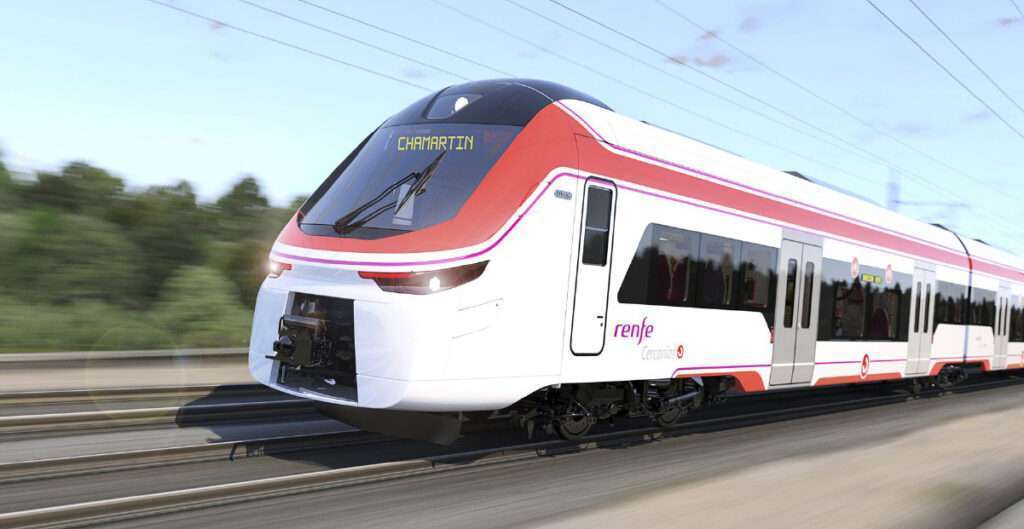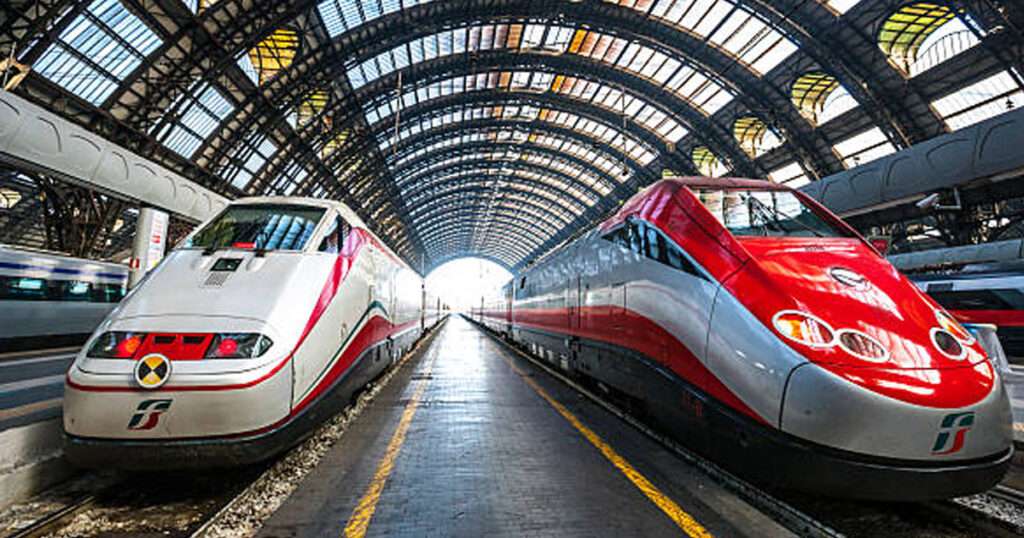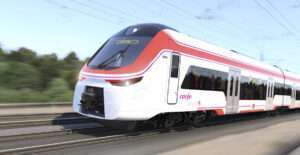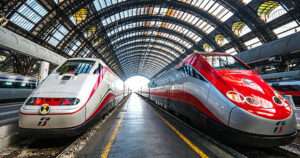At first very popular, then strongly abandoned in the 2010s following a growing deficit over the last decades, the famous night trains have made a major comeback in the environmental and territorial debates for a few years. This comeback can be explained by the rise of the “flygskam”, the feeling of shame or guilt of a person taking the plane. This recent phenomenon, which emerged in Sweden around 2018 and spread rapidly throughout the West, benefits the cause of night trains, the alternative for long journeys. Thanks to the great mobilization of the collective “Yes to the night train” and its petition, launched in 2017, they were able to collect nearly 201,500 signatures, accelerating the consultations within the state. Zoom on this not so backward return!
The long history of night trains
One of the first and most mythical night trains known is the Orient-Express, which began its service in 1883. The place of many fictions, not to mention Agatha Christie and her famous detective novel, its last trip took place in 2007. Until 1981, night trains developed strongly in France, with nearly 550 stations served on the territory. The same year, however, the high-speed train appeared. This will completely change the way of consuming mobility within the territories, thus greatly reducing the travel time.
With this comes the increase in the use of air travel for national and international trips: fast and cheap, it attracts more travelers. But this is not the only reason for the decline. Indeed, the decrease in investment in the secondary network and the aging of equipment are accelerating the decline of night trains. To justify the abandonment of these lines, the Secretary of State for Transport, Alain Vidalies, stated in 2016 that “each night train ticket sold requires more than 100 euros of public subsidy on average.” From 550 stations served in 1981, only 5 remained in 2020. These wiped-out lines caused the anger of many medium-sized cities and rural areas, unfortunately not served by the TGV today.
More and more investments
While almost all Western European countries are abandoning night trains, Austria has gone in the opposite direction. Indeed, in 2016, it has taken the gamble of relaunching some of these European lines. With an investment of more than 40 million euros, the national operator ÖBB (Österreichische Bundesbahnen) has bought back old wagons in order to put them back into service. The gamble paid off, as the company declared that it was already making a profit in the first year of operation. Although this activity remains a niche for the company, with 1.4 million passengers transported each year, it seems to be attracting more and more ecologically minded travelers and is once again exporting to the rest of Western Europe. For the time being, the Austrian company markets nearly 26 routes throughout the country and Europe: Italy, Germany, Switzerland, and Poland.
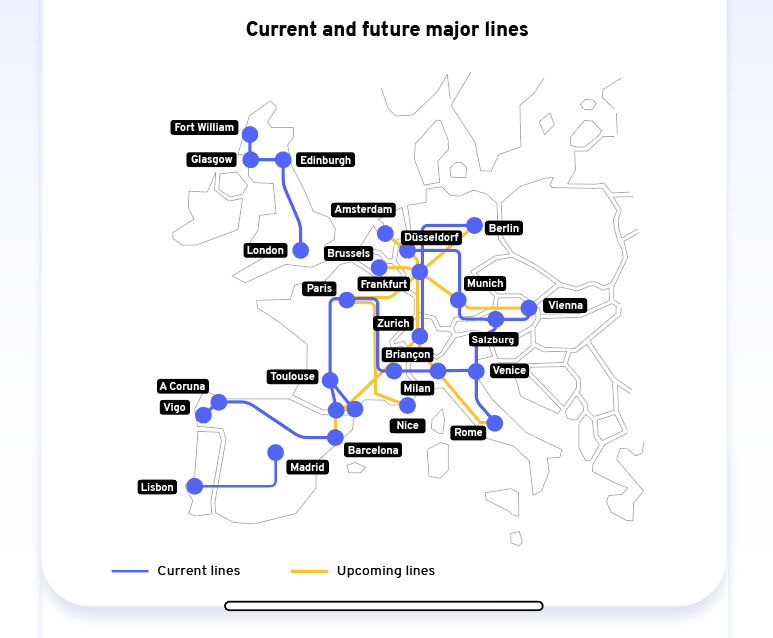
Surely buoyed by the success of the Austrian gamble, the SNCF (National Society of French Railways) quickly announced its intention to reopen two more major lines by 2022: Paris – Nice and Paris – Tarbes. Nearly 100 million euros have already been invested in new, more modern and more comfortable trains.
But, like many of its neighboring countries, it is counting on a European alliance to help it fully revive its night train business. This is half done thanks to a partnership signed with the German (Deutsche Bahn), Austrian (ÖBB), and Swiss (CFF) railway operators. These trains, operating under the brand name Nightjet, should be available by the end of 2021, with the opening of new lines :
- December 2021: Paris-Vienna via Munich, Zurich-Amsterdam via Cologne;
- December 2022: Zurich-Rome via Milan;
- December 2023: Paris-Berlin via Strasbourg, Berlin-Brussels;
- December 2024: Zurich-Barcelona
The French case
On the French side, the SNCF announced in November 2021 the official reopening of some lines of the night train: Paris – Lourdes and Paris – Vienna. In addition to the return of some mythical night lines, the SNCF said it wanted to offer passengers renovated equipment for a better quality of transport. For example, Wi-Fi will be present onboard the trains, as well as better berths, air conditioning, and various other accommodation services.
The current Minister of Transport Jean-Baptiste Djebbari has stated that he also wants to relaunch by 2026 to 2030 nearly twenty of these lines in France. However, the map of future lines recently sent to the press seems to forget the regions of Hauts-de-France, a choice that does not sit well with some users. On this same map, there is no mention of Brittany, Normandy, or the Hauts-de-France, a choice that the Minister seems to accept, although he says he is attentive to the demand.
A more ecological alternative to air travel
While the European Union is committed to reducing greenhouse gas emissions by at least 55%, the excessive use of airplanes for short or medium-distance internal trips still seems to be too polluting. Indeed, according to several studies, using the train emits nearly 20x less CO2 per kilometer (5 to 45g emitted) than traveling by plane on the same route, and 30x less for night trains. This phenomenon of favoring the train is called “Train bragging” or “Avihonte” in French. This principle was quickly spread throughout Western Europe, especially through social networks, and gradually led to the reopening of some of these night trains.
While the majority of riders surveyed say they would use night trains mostly for entertainment and tourism, the choice for greener mobility goes hand in hand with the growing sentiment of “Flygskam”. Against the backdrop of growing notoriety for Greta Thunberg, a young Swedish climate activist, Sweden is seeing the emergence of “flygskam” in 2018. This phenomenon refers to the shame or guilt of a person taking the plane, because of the pollution generated.
Back in France, according to the collective “Yes to night trains” in 2017, by building 30 new lines, including 15 intra-European, France could avoid nearly 1.9 million tons of CO2 per year, while transporting nearly 10 million passengers. In addition to the obvious ecological benefit, night trains would also reconnect the territories of “peripheral France”, regions not served by TGV stations and cruelly lacking alternative modes of transport to travel throughout the country.
